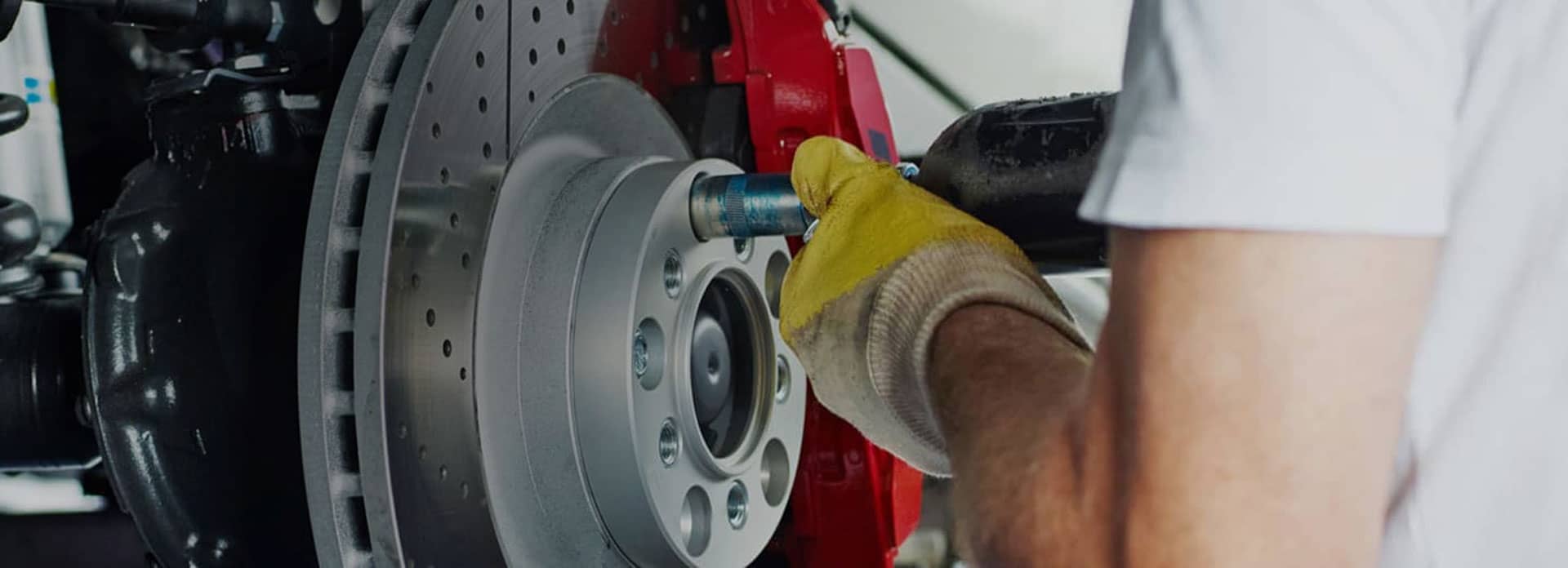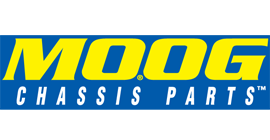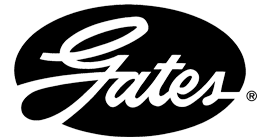
AUTONET TV
Archive for August 2020The Light Nobody Wants to See (Check Engine Light)Posted August 30, 2020 8:49 AMYou've probably had your Check Engine Light go on. Then it goes off and you figure, hey, whatever the problem was, it's gone now and I don't have to worry about it. Well, the problem may have gone away and it may not have. Your vehicle likely has one of these warning lights on the instrument panel: an amber light that looks like an engine or reads "Check Engine" or "Service Vehicle Soon." If that light comes on and stays on, it usually means there's something amiss but not urgently in need of service. (Now if it's blinking, that's another story that we'll deal with in a minute.) Sometimes when it comes on and stays steadily lit, the problem will go away and the light will go out. Sometimes it will stay on until you get the problem fixed. Either way, the engine's computer will store a code that can provide clues to what's not working—or wasn't working—the way it's supposed to. If you are just dying to know what that code is, you can buy a little code reader or take your vehicle to an auto parts store and they'll read it. Problem is, the code offers so many options that unless you are a trained technician, you probably won't have a clue what those codes mean. So if you want to be sure, take it to your vehicle repair facility and have them check it. Technicians are trained to decipher the codes and, using their experience and other diagnostic equipment, can get to the root of the problem and fix it. As we mentioned before, if that Check Engine light comes on and is blinking, it means a more serious engine malfunction that can damage expensive components such as the catalytic converter and even the engine itself. It's important to have that checked by a professional as soon as possible. TJ's Auto Center Inc. Don't Miss a Beat (Importance of Regular Maintenance)Posted August 23, 2020 11:49 AMIn many places, license plates have to be renewed every year or else you can't drive your vehicle legally. Usually, you'll get a reminder from the agency that issues the plates. That kind of regular attention needs to be paid to your vehicle as well. Its manufacturer has determined a schedule of service items that need to be done regularly, just like renewing your plates. Some depend on time, others depend on distance. A perfect example is oil changes. It's the most important scheduled maintenance you can have done to give your engine its longest life possible. The manufacturer recommends the oil filter be changed at the same time. Here are some more items. Your engine air filter gets dirty and needs adequate air to run most efficiently. The manufacturer recommends an interval for replacing that. Also tires, brake pads, timing belt, oxygen sensor and other items require regular replacement. This is one of the reasons to find a service facility that you like and keep going there. Many will keep records of what's been done to your vehicle and send you reminders of when it's time to schedule service items. Some do it by mail, others by email. Still others might text you or give you a phone call. Remember, they base those reminders on the vehicle manufacturer's recommendations. We all have a lot going on in our lives, so these reminders can help you avoid missing important service items that are important to your vehicle's durability and safety. So if you move or change phone numbers or email addresses, make sure your vehicle service facility gets the word. Otherwise you won't get the reminders and your service advisor will wonder what's happened to you! At the same time, you might want to let your vehicle manufacturer know when you've changed your address, phone number or email address. If there is a safety recall or your manufacturer is offering an extended warranty on some of your vehicle's systems, they'll need to reach you.
Water Everywhere (Clogged Drains)Posted August 16, 2020 8:29 AMIt's bad enough when you mistakenly leave a window open in your vehicle on a rainy day and you find your carpet soaked. But what in the world is going on when your windows are closed tight, not leaking and you STILL wind up with wet carpet? The answer could be something you might not even know your vehicle has. And the answer is? Drains. And those drains can get clogged. Yes, your vehicle has several drains with tubes or hoses attached to them that you really never see. There are some in and around the hood that channel rainwater down to the ground. There are some that take condensation from the air conditioner and allow it to flow outside. And if your vehicle has a retractable sunroof or moon roof, there are small drains at each corner that connect to tubes that go through the vehicle body down to an exit near the ground. Considering all the leaves, dirt, dust and other debris your vehicle encounters on a daily basis, it's not surprising that these drains can get blocked. Then when it rains, that water winds up going to the place of least resistance. Sometimes, that's inside the cabin where it shows up as wet carpeting. So, what's the solution? You may be tempted to see if you can clean out those drains yourself. But there are many people who have tried blowing condensed air in the drains only to find that they literally blow the tubes off of their connections inside the vehicle's body. Reattaching those can be a time-consuming, labor-intensive, expensive proposition. A trained technician has the equipment and knowledge to clear out those drains properly. To prevent clogged drains, regular maintenance is the key, so when your vehicle is in for other periodic maintenance like oil changes and tire rotations, the technician can make sure all drains are clear and flowing like they should. TJ's Auto Center Inc. Objects in the Mirror (Rearview Mirror Safety and Maintenance)Posted August 9, 2020 10:48 AMYou may remember a song that went, "Objects in the rearview mirror may appear closer than they are." While that was a song about life's lessons, there are a few things we should all know about how important rearview mirrors are to safe driving. While new electronic devices are helping drivers be aware of surrounding traffic in high-tech ways, the good old rearview mirror is still a dependable way of letting you know what's around you. There are usually 3 on each vehicle, 1 attached to the windshield inside and 2 attached outside on each of the front doors. It's important that they be adjusted properly before you start driving (not while you're driving). Experts say the windshield rearview mirror should cover the area behind the vehicle while the outside mirrors should not simply duplicate that view but extend it to the sides, where blind spots normally are. Your rearview mirrors must be able to hold the positions they're adjusted in; it there's play in them or they move around, you'll never be sure they're pointed in the direction that will let you see where traffic is. The one on the windshield must be firmly attached. If it won't stay where you want it, head to your service facility where they can tighten it or replace any parts necessary to let the mirror maintain its aim. If it has fallen off the windshield completely, a technician can reattach it with the proper adhesives or fasteners. There may be electronics that need to be properly connected as well. The outside mirrors cover your blind spots and they must be able to hold their adjustments, too. Many adjust electronically; switches and motors can fail, electrical connections can detach or become corroded and the reflective glass can crack, discolor or develop a hazy fog. A technician can diagnose and repair those problems and recommend any replacement parts you might need. Mirrors that are adjusted manually also should be restored to proper working order in order for you to maintain this important rear visibility. Drivers don't think about their rearview mirrors all that much. On reflection, don't they deserve respect and care for the important job they do? TJ's Auto Center Inc. Don't Start with That (Bad Starter Motor)Posted August 2, 2020 11:16 AMWe've all heard that expression, "That's a non starter." When it comes to your vehicle, that's not music to a driver's ears. That sickening sound when you start the ignition and instead of hearing the engine crank, you hear it slowly turn over and your dash lights go dim. There can be many reasons a vehicle won't start, so here's a little history of how the starter came to be an important component of modern vehicles. You have to move the engine's components to start it. The first cars had a crank that the driver would insert into the front, then start turning things over by hand. When the engine started, you had to release that crank immediately or risk a broken arm. Yes, it happened many times. So, they came up with a better idea: an electric starter, which was a big advance in automotive technology. With this system, an electric motor rotated a series of gears that turned the gasoline engine's crankshaft so its pistons and parts moved and the engine drew in air. While this happened, electricity went to the spark plugs and fuel headed to the cylinders. When the gasoline engine caught, the starter quickly disengaged. Hey, no more broken arms! Modern systems use the same principle, so when your vehicle won't start, here are a few things to look out for that might point to the starter. If the engine turns over s-l-o-w-l-y, it may mean the electric starter motor may just be wearing out and doesn't have enough cranking power. Bushings, brushes, wire windings and a special switch called a commutator may be going bad. If when you engage the ignition you hear a faint click, that could be a symptom one or more of the starter's components have failed. If you hear a loud click, it could mean that an electrical switch called a solenoid may not be switching the motor on. If you hear your engine start to turn over but then it stops and is followed by a grinding sound, some gears may not be meshing the way they should. There may be many more causes (bad alternator, relay, battery, engine, key fob), so this is when it's time to turn it over to your service facility. Sometimes they can send out their own tow truck or recommend a reputable towing company. But it's best not to let it get to this point. Starter problems often give you advance warning that there is a problem with "almost" not starting or "almost" not turning over. So when you see that very first sign, "start" on over to talk this one over with your service advisor. The opposite of a "non-starter" is a starter, and that is music to anyone's ears. TJ's Auto Center Inc. | ||
SearchArchiveJune 2010 (71)July 2010 (4) August 2010 (4) September 2010 (4) October 2010 (4) November 2010 (4) December 2010 (4) January 2011 (4) February 2011 (4) March 2011 (4) April 2011 (5) May 2011 (5) June 2011 (4) July 2011 (4) August 2011 (5) September 2011 (4) October 2011 (4) November 2011 (5) December 2011 (4) January 2012 (5) February 2012 (2) March 2012 (5) April 2012 (4) May 2012 (5) June 2012 (4) July 2012 (5) August 2012 (4) September 2012 (4) November 2012 (1) December 2012 (2) March 2013 (1) April 2013 (3) May 2013 (2) October 2013 (5) November 2013 (2) January 2014 (2) February 2014 (3) March 2014 (1) July 2014 (4) August 2014 (7) September 2014 (4) October 2014 (5) November 2014 (4) December 2014 (5) January 2015 (4) February 2015 (4) March 2015 (4) April 2015 (4) May 2015 (3) June 2015 (5) July 2015 (2) September 2015 (2) October 2015 (4) November 2015 (5) December 2015 (2) February 2016 (2) March 2016 (4) April 2016 (4) May 2016 (5) June 2016 (4) July 2016 (5) August 2016 (4) September 2016 (4) October 2016 (5) November 2016 (4) December 2016 (4) January 2017 (5) February 2017 (4) March 2017 (4) April 2017 (3) May 2017 (5) June 2017 (4) July 2017 (5) August 2017 (4) September 2017 (2) October 2017 (5) November 2017 (4) December 2017 (3) January 2018 (5) February 2018 (4) March 2018 (4) April 2018 (4) May 2018 (4) June 2018 (4) July 2018 (5) August 2018 (4) September 2018 (5) October 2018 (3) March 2019 (4) May 2019 (2) June 2019 (5) July 2019 (2) August 2019 (1) September 2019 (4) October 2019 (5) November 2019 (4) December 2019 (5) January 2020 (5) February 2020 (4) March 2020 (5) April 2020 (1) May 2020 (2) July 2020 (1) August 2020 (5) September 2020 (4) October 2020 (4) November 2020 (5) December 2020 (4) January 2021 (6) February 2021 (4) March 2021 (4) April 2021 (4) May 2021 (5) June 2021 (4) July 2021 (4) August 2021 (5) September 2021 (3) October 2021 (5) November 2021 (4) December 2021 (4) January 2022 (6) February 2022 (4) March 2022 (4) April 2022 (4) May 2022 (5) June 2022 (4) July 2022 (5) September 2022 (4) October 2022 (5) November 2022 (4) December 2022 (4) January 2023 (5) February 2023 (4) March 2023 (4) April 2023 (5) May 2023 (4) June 2023 (4) July 2023 (5) August 2023 (4) September 2023 (3) October 2023 (2) January 2024 (1) February 2024 (4) April 2024 (1) May 2024 (3) June 2024 (5) July 2024 (4) August 2024 (4) September 2024 (5) October 2024 (4) November 2024 (4) December 2024 (4) | CategoriesWinter Prep (6)Tire Pressure Monitoring System (1)Shocks and Struts (4)Engine Air Filter (4)Warranty (1)Headlamps (6)Alignment (9)Check Engine Light (5)Maintenance (19)Parts (1)Differential Service (3)Cabin Air Filter (3)Steering (12)Fluids (8)Cooling System (10)Tires and Wheels (6)Tire Rotation and Balancing (4)Drive Train (5)Exhaust (11)Older Vehicles (2)Automotive News (4)Wheel Bearings (2)Fuel System (10)Service Intervals (3)Service Standards (5)Air Conditioning (10)Inspection (5)Battery (13)Brakes (17)Keys to a long lasting vehicle (2)Timing Belt (5)Fuel Economy (8)Transmission (5)Alternator (7)Auto Safety (5)Safety (2)What Customers Should Know (83)Fuel Saving Tip: Slow Down (2)Dashboard (1)Windshield Wipers (3)Oil Change (9)Customer Detective Work (1)Shocks & Struts (3)Safe Driving (1)Water Pump (2)Tires (12)Suspension (2)TPMS (3)Spark Plugs (2)Winter Tires (1)Fuel Pump (1)Brake Service (6)PCV Valve (1)Trip Inspection (2)Transfer Case Service (1)Fuel Filter (1) | |

OUR REVIEWS


Howard L.The business always does a great job and takes care of him. They are very polite.











